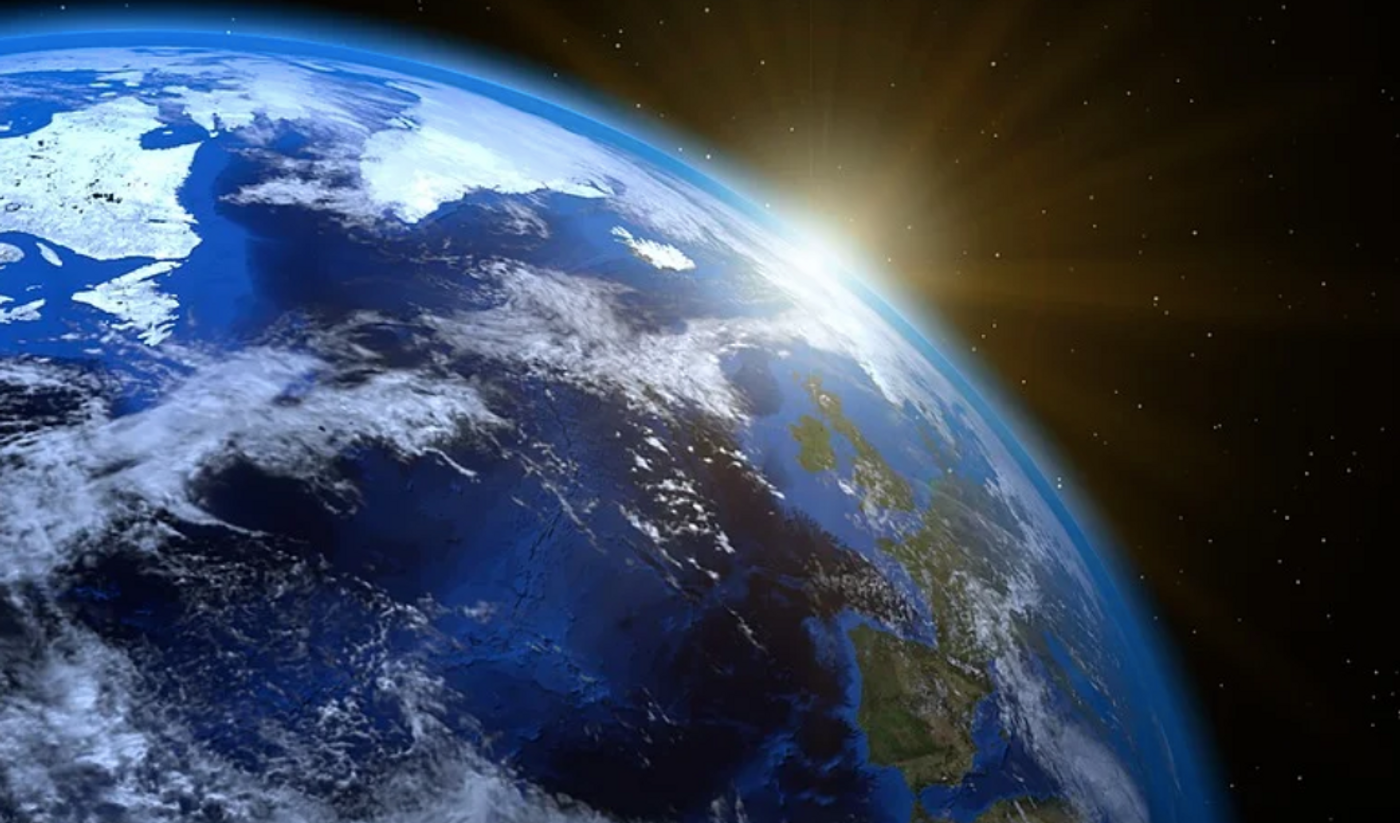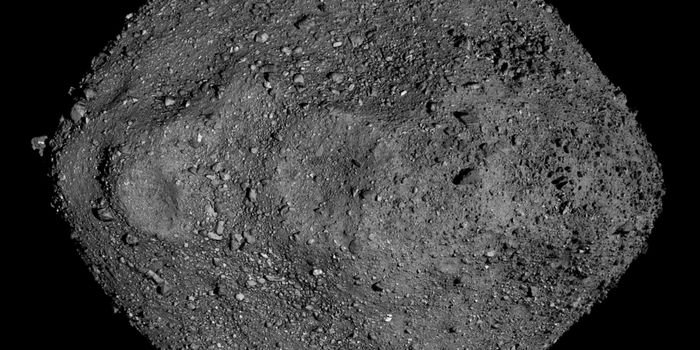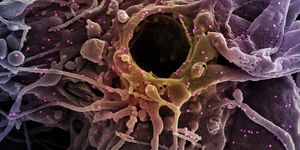An Animation of Tectonic Plate Movement Over Millenia
Our planet has an outer layer made up of several plates, which move relative to one another. While we may take this knowledge for granted, this theory of plate tectonics was only formulated in the 1960s. But the movement of plates is known to have a huge influence on Earth; mountains can rise where plates push together, or continents can fracture to form oceans where they pull apart. A significant portion of seismic and volcanic activity on the planet occurs where plates interact. Plate tectonics is also now thought to have an influence on the composition of the atmosphere and oceans, and can impact climate change on extremely long-range, geological timescales.
New research has now reconstructed and animated the Earth's plate tectonics for the past 1.8 billion years, and created an animation of these events. The video covers about forty percent of the planet's history, and the findings have been reported in Geoscience Frontiers.
At the start is the world as we now know it. It goes backwards in time, as India and parts of Southeast Asia move south to form the ancient continent Gondwana. Further back, the supercontinent Pangea was made up of Gondwana, north Asia, North America, and Europe. Even older plate interactions led to the formation of Pangea and Gondwana, taking us back to a supercontinent called Rodinia. But Rodinia itself was formed after Nuna, a 1.35-billion-year-old supercontinent broke apart.
This work can help researchers understand the movement of plates and create a complete model of Earth's history. An accurate model would then allow scientists to test certain theories, such as how and why there have been huge shifts in global temperatures that have created various extreme conditions, as well as the evolution and support of life.
For life to evolve, nutrients had to become available. Cells that contained nuclei probably formed around 1.65 billion years ago, according to current studies. This coincides with the formation of the Nuna supercontinent. The investigators are now interested in determining whether mountains that arose along with Nuna helped to support the evolution of cells.
Early microbial life is thought to have produced the oxygen that produced a breathable atmosphere on Earth and gave rise to the conditions that allowed life to thrive. So plate tectonics are connected with atmospheric and oceanic chemistry, the researchers noted.
Rocks that react with atmospheric carbon dioxide are also exposed by plate tectonics, and this may have a significant effect on Earth's climate over extremely long periods of time. (These geological reactions have little influence on the current, man-made climate crisis).
The researchers want to continue to explore the history of plate tectonics, and they noted that this is only their first attempt at accurately mapping the last 1.8 billion years.
Sources: Phys.org via The Conversation, Geoscience Frontiers









